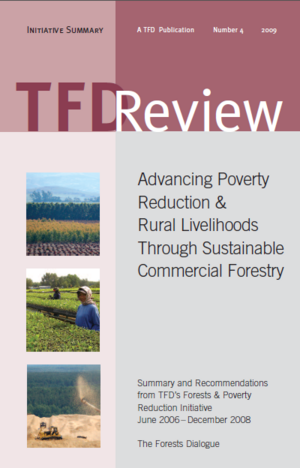TFD Review: Advancing Poverty Reduction & Rural Livelihoods Through Sustainable Commercial Forestry
Despite significant advances in addressing global poverty over the last 100 years, eradicating poverty continues to remain a real challenge in many parts of the world (Figure 1). One area that has been the focus of much research and initiative is exploring the intersection between poverty and the environment. With respect to forests specifically,
commonly cited relationships include:
- Approximately 1.6 billion people depend on forests for their livelihoods and as many as 1.2 billion people in developing
countries use forests to generate food, fuel, medicines, and cash
- About 60 million indigenous people reside in forests and another 60 million workers are employed in forestry and wood industries.
- A substantial proportion of the world’s poor live in or next to forests
- Commercial exploitation of forest resources often disadvantages customary owners whose rights may not be recognized by statutory law.
The complex connection between forests and human livelihoods has led some to view forests as poverty traps, providing sufficient resources to maintain forest-dependent populations but not generating enough wealth to enable these populations to escape poverty. Another body of knowledge and experience sees an untapped opportunity for rural wealth
generation from forest resources if barriers can be overcome. Researchers often lament the exclusion of the forest sector from poverty reduction programs without articulating how it might be included. Meanwhile, Poverty Reduction Strategic Plans (PRSPs) rarely cite the forestry sector as a tool for poverty reduction, and National Forestry Plans (NFPs) seldom include poverty reduction as an important factor in plan design.4 At an operational level, forest certification offers standards for upholding strong environmental and social benefits, but often stops short of guiding the proactive engagement of commercial forestry companies in poverty reduction.

